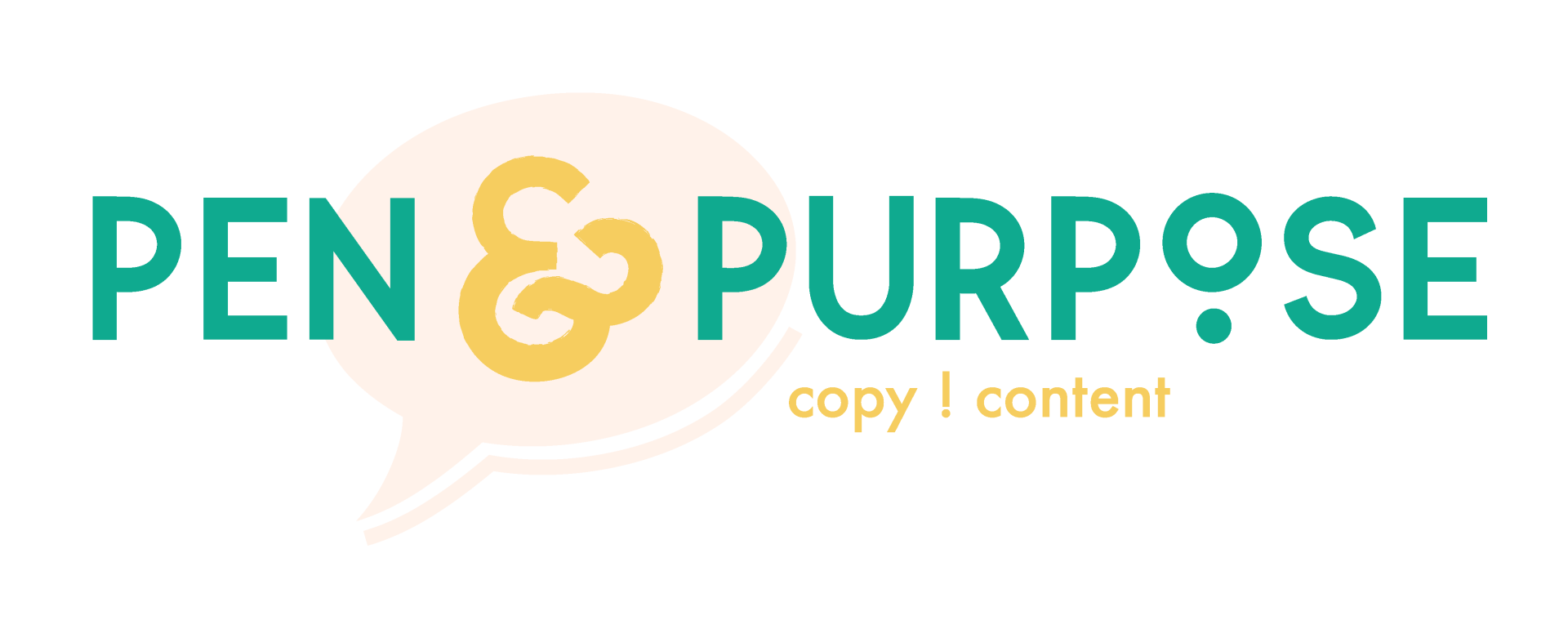10 Traits of the Unicorn Email Newsletter
Raise your hand if you want another email newsletter! Nope? Me neither.
We’d sooner expect to see a unicorn in our inboxes than an email newsletter we actually want to read. But unlike unicorns, they do exist! I’ve managed to collect a few over time. Here’s what makes them so good (and rare).
1. BEAUTIFUL EMAIL DESIGN + LAYOUT
Beauty may only be skin (or screen) deep, but it’s critical to your email newsletter. Your email needs to be aesthetically pleasing, on-brand, easily scannable, and attention-grabbing. Look for email design templates with:
- plenty of white space,
- attention-grabbing call-to-action (CTA) buttons, and
- engaging imagery to accompany your text.
Check out this email template from Flodesk: clear branding, plenty of white space, and clear CTAs enticing the reader to engage more. Bonus: Flodesk templates are pre-written, so you can skip the writer’s block and go straight to copy editing!
Source: Arra Design Studio
2. ENGAGING IMAGES
The brain processes images up to 600 times faster than text. Your audience is bombarded with hundreds of thousands of messages per day. Messages that can be processed quickly are going to win. Your email newsletter should always feature engaging images that clearly communicate your message. Custom branded images are ideal, but if you’re not a photographer (and even if you are), brand photoshoots are time-consuming and expensive. You can significantly expand your image library with customizable stock photography.
My favorite is Social Squares. Social Squares offers a monthly subscription for access to thousands of images. Using free, online tools like Canva, you can edit their images, adding your logo or other brand elements. Social Squares’ images are ideal for email templates and social media platforms. Below is an example of a stock image with added brand elements.
3. COPYWRITING
A picture might be worth a thousand words, but in email marketing, your words are just as important as your images.
First, there are several tactical reasons why words matter:
- 43 percent of Gmail users view emails with images off. Your copywriting will need to be compelling enough to engage those readers without the help of images.
- Too many images could cause your email to load slowly or not all, so you’ll want to strike a balance between images and live text.
- Text is searchable through email service providers, images are not. Give your recipients an easy way to search for and pull up your email in their inboxes.
Second, your images grab your audiences’ attention, but your words keep them engaged. Copywriting is substance. It’s how you connect, convince, and convert.
Strong copy starts with understanding what your audience wants and knowing how you can help them get it.
4. EXCLUSIVE OFFERS OR CONTENT
The average person has around 200 emails in their inbox and responds to about 25 percent of them, which means many (especially email newsletters) probably get deleted without even being opened. It’s your job to give your recipient a reason to open it. Your email newsletter should contain at least one item that your audience can’t get anywhere else. Don’t email the same content, offers, or discounts that you also publish on your site or social media profiles. Your recipients have trusted you with their email addresses, reward them with content or offers that others don’t get.
5. EXTREME TARGETING
The more you can segment your list based on your audiences’ preferences and behavior, the more relevant you can make your content. Of course, you must consider their user experience and your ability to scale when you collect data and customize your content. Many email marketing platforms allow you to create dynamic content based on data fields and behavior, which enables automation and scalability. Progressive profiling allows you to collect more data on your recipients over time without requiring them to provide too much information all at once. A big email list is great, but a deep understanding of your audience is even better.
6. TIMING
There’s no magic, universal send time for email, but send time does matter! The optimal time to send emails varies by industry, audience, customer profile, and location. Email marketing platforms, such as Hubspot, include features that will suggest the best time to send emails based on open rates and historical data from your list. You can start with an educated guess for send time based on your products and knowledge of your audiences’ behaviors. Then, test out other times and monitor open rates and engagement levels. Once you find an optimal time, research shows consistency is important.
7. CLARITY
Clarity can be achieved with a bit of planning. Create a theme for each newsletter and use an app or tool to plan your content. My favorite is the Content Planner – a physical planner, in which you can write down and categorize your content ideas. When you know your theme, purpose, and goal for each newsletter, your content will be clearer and more focused.
8. STORYTELLING
Storytelling is becoming increasingly popular for content marketers because it works. Our brains are wired for story. Stories cause us to feel emotions and make it easier for us to store and retrieve information. Storytelling in an email is going to look different than in a book, tv show, or even a blog post, but it can (and should) be done. Start with a subject line to pique your readers’ curiosity, for example:
How the worst advice led me to the best decision
Weave your story into your newsletter, but remember to keep your content about your reader. The goal of storytelling is to get your reader to identify with the character and see themselves in the story.
9. SCARCITY
For discounts, gifts, and offers featured in your newsletter, create scarcity by limiting the time or number of people to which they are available. This works well as a follow-up to a launch email. For example, if you announced a retreat the week before, your newsletter could reference it with added scarcity like:
Fifteen more people have signed up for the retreat since I emailed you about it Friday. There are eight spots left, and I’d love for you to get one of them.
Click here to snag your space.
10. IT’S NOT CALLED A NEWSLETTER
The best email newsletters aren’t ever referred to as “newsletters”. Seriously, who wants to get another newsletter? Keeping in touch with your email list at a consistent cadence is a great idea, but as far as your audience is concerned, you’re not sending them a newsletter. A newsletter is about you, and your content should be about them. Keep that in mind when you invite them to opt-in, open your email, and click your CTAs.
If your email newsletter has these 10 traits, you bet I’ll raise my hand to get it and so will your audience. Challenge your previous open and click-through rates on each send and strive to constantly improve them. The more value you offer in your emails, the more valuable (read: lucrative) your email list will be.
Pen & Purpose


BE my penpal
Get free tips monthly straight to your inbox!





